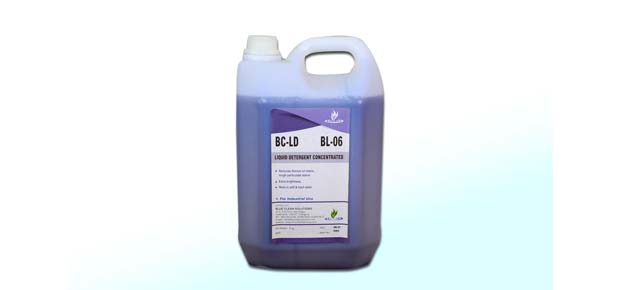Dry cleaning fluids are non-water-based solvents that are used to remove dirt and stains from clothes. In spite of the name, dry cleaning is not a completely dry process and fluids are used in this process. In the earlier days, garment scourers and dryers found various fluids, which can be used as dry cleaning solvents and include camphene, benzene, kerosene, and gasoline. All these fluids are highly inflammable and hence dry cleaning was a hazardous business till the time safer solvents were discovered.
Now days, two general types of cleaning fluids that are used for dry cleaning applications in the industry are petroleum solvents and synthetic solvents. Petroleum solvents are combustible hydrocarbon mixtures, which are similar to kerosene. Operations that use petroleum solvents are known as petroleum plants. Perchloroethylene (PERC), the most common synthetic solvent is a nonflammable halogenated hydrocarbon. PERC and other solvents can be emitted from the dry cleaning machine while operating the units or during the solvent reclamation processes.

Laundry Cleaning V/s Dry Cleaning
Doing laundry has been a common household activity for centuries. Whether
the method was beating the garments on rocks or pressing buttons on a
washing machine. The cloth washing method depends on factors, such as water
and the mechanical action typically assisted by soap or a detergent. The
purpose of a using a soap or detergent is to saponify the oil and dislodge
the dirty soil and other matter. The prime function of soapy agent is to
hold soil in suspension as it becomes loose during the wash cycle, and is
afterwards flushed away during the rinse cycle.
The drying process for doing laundry at home can be done by either by hanging clothes or tumbling them in a gas or electric heated dryer.
Dry cleaning, on the other hand, is a different stuff. It is a technique used to clean without water. The cleaning fluid used in dry cleaning is a liquid and all the garments are immersed and cleaned in a liquid solvent. The fact that no water is used, the process is known as dry cleaning. The potential of the petroleum based solvents for dry cleaning applications was first discovered in the mid-19th century by Mr. Jean Baptiste Jolly (French dye-works owner), when he observed that his tablecloth became cleaner after his maid spilled kerosene on it. From this observation, Mr. Jolly started a service to wash the clothes of other people, which he termed as "nettoyage à sec," or "dry cleaning".
How to UseAfter allowing the clothes and fabrics to cool, lightly sponge the stained area with dry-cleaning fluid and blot onto towel or paper to help remove any residual colored staining. Make sure to always check for color fastness before using a dry cleaning fluid.
Dry cleaning fluids are highly toxic and flammable and hence it is important to carefully follow the usage instructions. Use it in a well-ventilated area and never use it in a dryer or washing machine.
Applications
Dry cleaning fluids have found to be excellent tool for removing tough dirt
and stains on delicate fabrics. Easy and convenient to use, dry cleaning
fluids are

If you have decided to make soap at home, you will need soap making supplies in the form of raw materials, soap making equipment & tools ...
Read More
Someone has rightly said that clothes are not just clothes. They form an integral part of a person's personality and tell a lot about their nature and...
Read MoreCleansing products play an important role in the daily lives of people.
Both soaps and detergents are cleansing products that we frequently use in our
Soap is designed as a product to be used once and then flushed down the drain...